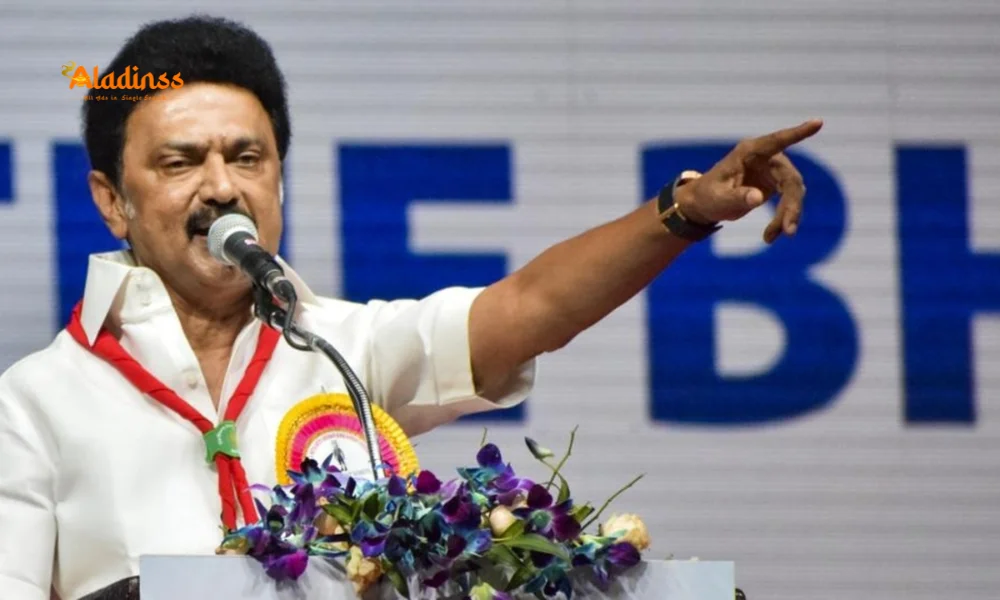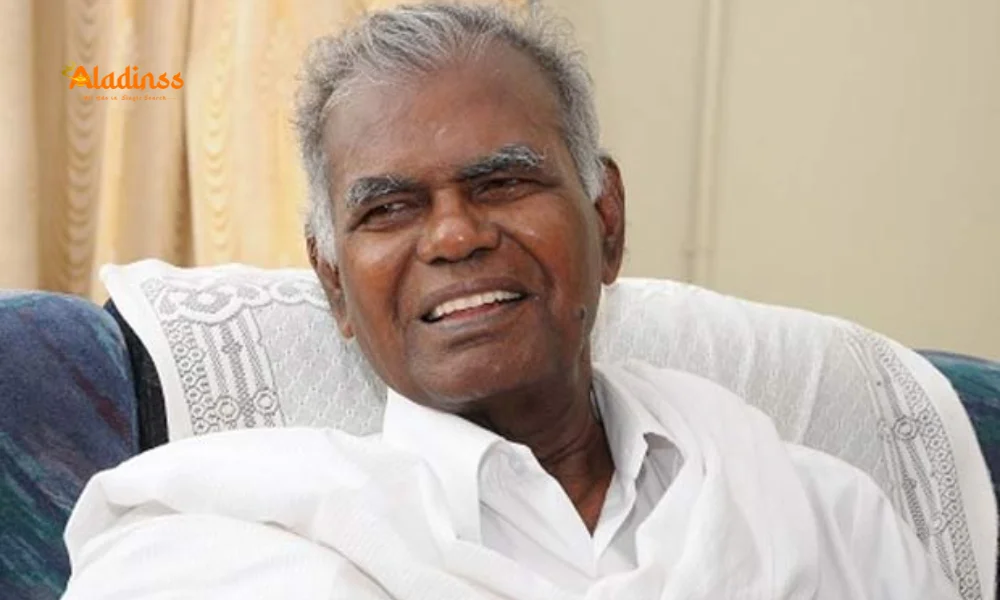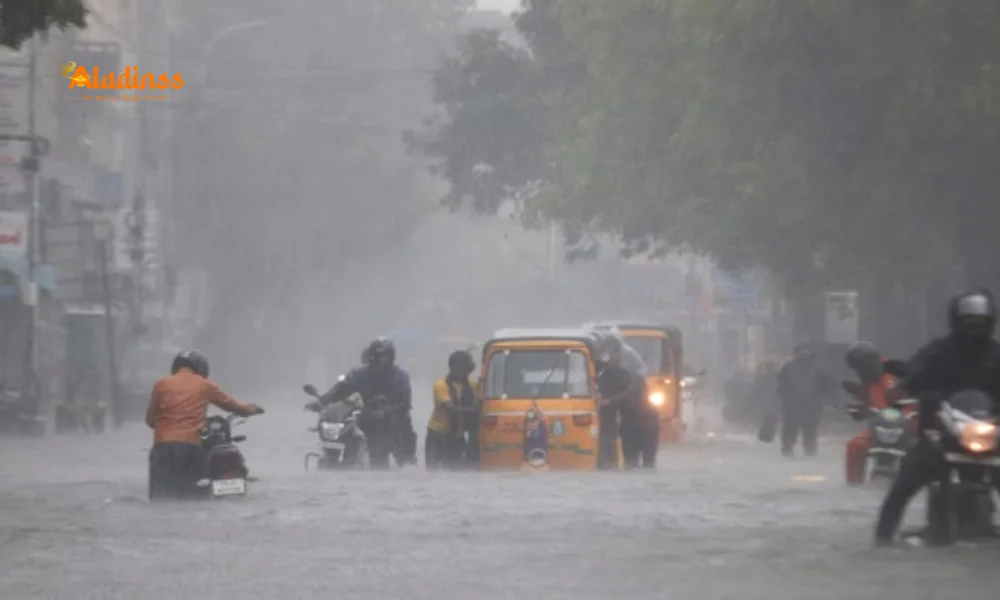Trump's India Russian Oil Claim Debunked by Data
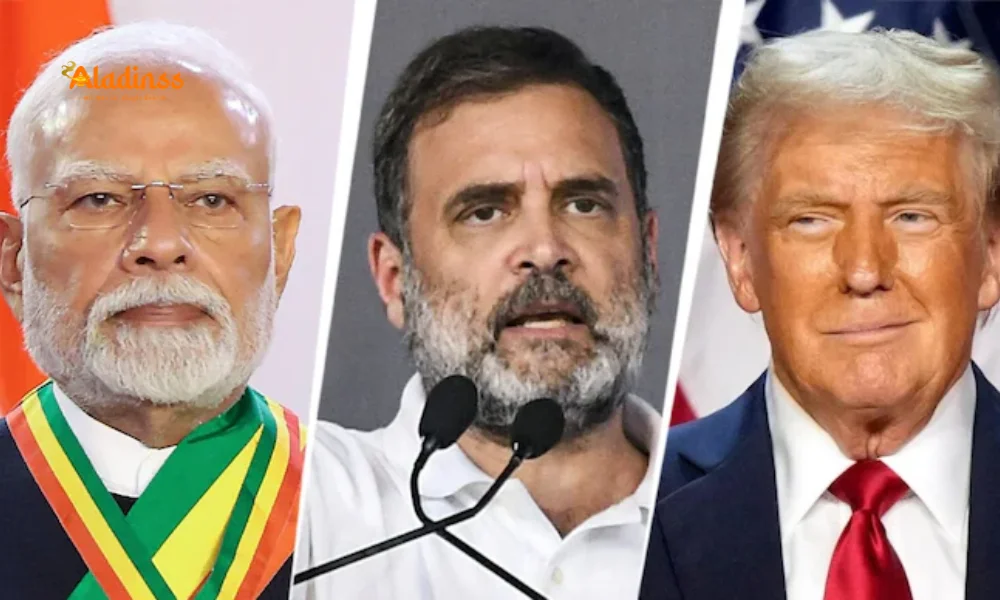
Trump's Assertion on India Halting Russian Oil Purchases Contradicted by Recent Import Figures
In a recent address, U.S. President Donald Trump stated that Indian Prime Minister Narendra Modi had committed to ending India Russian oil imports, emphasizing the gradual shift away from Moscow's energy supplies. This declaration comes amid escalating U.S. efforts to curb Russia's war funding through energy sales, following the imposition of steep tariffs on Indian goods. However, fresh data from energy analysts reveals a starkly different reality, with India maintaining its position as a major purchaser of Russian crude despite the diplomatic pressures and economic penalties.
Trump highlighted the strategic importance of this move, noting it would simplify negotiations for peace in Ukraine by limiting Russia's revenue streams. He also signaled intentions to apply similar influence on China, another key buyer. Yet, according to the Centre for Research on Energy and Clean Air (CREA), India's imports of Russian fossil fuels hit €3.6 billion in September 2025, underscoring the persistence of these trade ties. This discrepancy between rhetoric and reality raises questions about the efficacy of tariff-based diplomacy in altering global energy flows.
The U.S. has ramped up punitive measures, including a 25% additional tariff that elevates total duties on Indian exports to 50%-among the highest worldwide. Despite this, New Delhi has remained steadfast, prioritizing energy security and cost savings over immediate compliance. Historical partnerships and the allure of discounted barrels continue to drive decisions, even as Western sanctions reshape international markets.
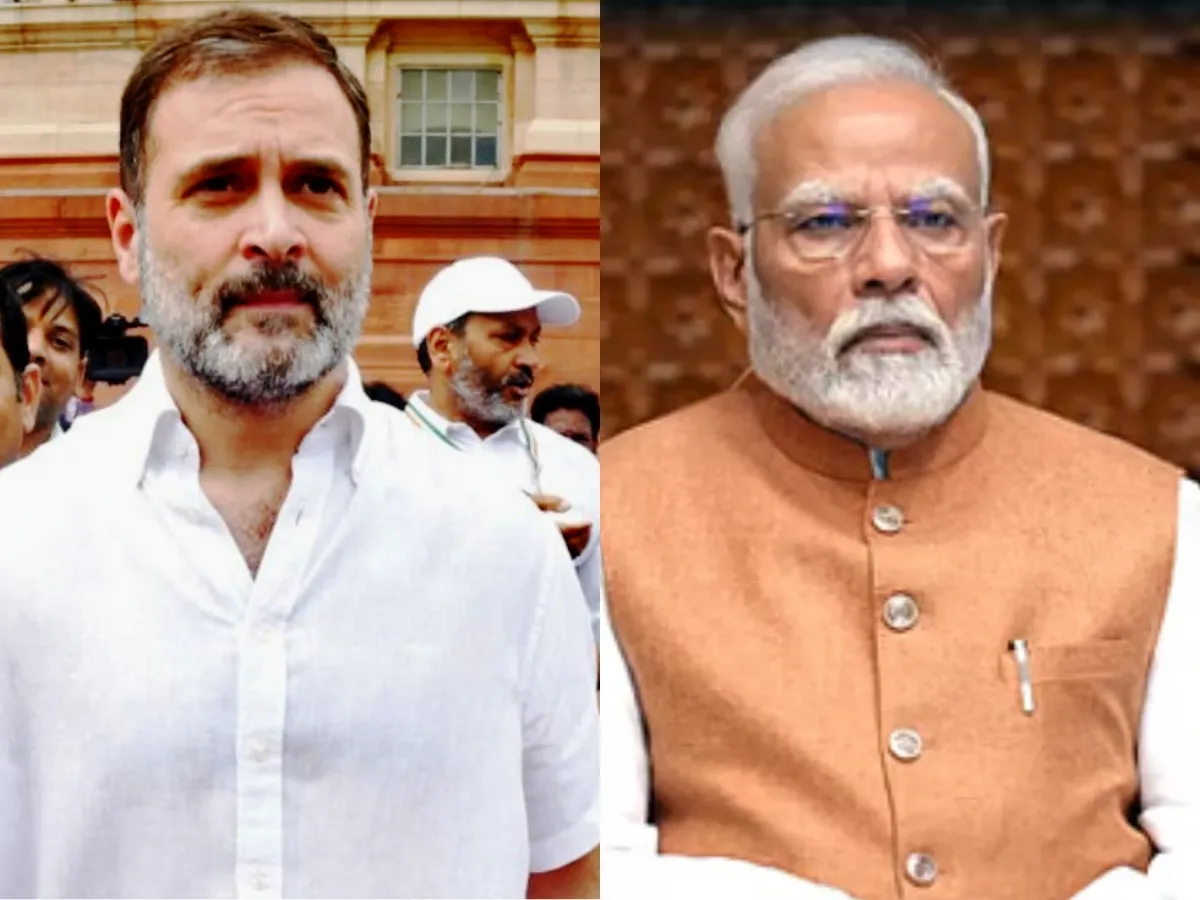
Also Read: Stalin Blames Vijay Delay for Karur Stampede
Trump's Diplomatic Push and the Tariff Escalation
During a press briefing on October 15, 2025, President Trump elaborated on his conversation with PM Modi, claiming assurance that India would phase out Russian oil acquisitions soon. "It's not instantaneous; there's a transition period, but it's wrapping up," he remarked, tying the issue to broader geopolitical goals like Ukraine resolution. This follows months of friction, where the Trump administration viewed India's continued engagement with Russia as undermining collective Western sanctions post the 2022 Ukraine invasion.
The tariffs, initially 25% on select Indian products, doubled to 50% explicitly to penalize oil dealings with Russia. This move has strained U.S.-India relations, once bolstered by defense pacts and tech collaborations. Trump further noted eyeing China, whose imports rival India's, suggesting potential reciprocal actions if Beijing doesn't align. Such statements reflect a strategy of bilateral leverage over multilateral enforcement, aiming to isolate Moscow economically.
India's silence on the latest claim speaks volumes. Previously, PM Modi justified the purchases as pragmatic, rooted in longstanding ties with Russia dating back to the Cold War era. In public forums, he stressed diversification for energy stability, avoiding direct confrontation with Washington while navigating domestic fuel needs for a burgeoning economy.
Data Reveals Persistent Russian Oil Inflows to India
September 2025 figures from CREA paint a vivid picture: India trailed only China as the second-largest importer of Russian fossil fuels, clocking €3.6 billion in value. Crude oil constituted 77% of this (€2.5 billion), with coal at 13% (€452 million) and refined products at 10% (€344 million). This volume, equivalent to roughly Rs 25,597 crore, defies the narrative of an impending halt.
Post-2022 invasion, India's Russian crude share skyrocketed from under 1% to nearly 40% of total imports. Commodities tracker Kpler reports New Delhi handled 34% of global inbound crude in September, averaging over 4.5 million barrels per day (bpd)-up 70,000 bpd from August, though marginally below last year. Despite a 10% dip in overall imports through eight months of 2025, Russian volumes held firm.
State-owned refiners like Indian Oil Corp slashed Russian intakes by over 45% from June to September, per Kpler. However, private giants such as Reliance Industries ramped up, offsetting the decline. Market forces, including refinery outages in Russia boosting supply, appear to dictate flows more than U.S. threats or European critiques.
- Crude oil: Dominant at 77% of imports, valued at €2.5 billion.
- Coal: 13% share, €452 million, supporting industrial needs.
- Oil products: 10%, €344 million, for immediate refining.
Economic Incentives Driving India's Russian Oil Strategy
The allure of Russian oil lies in its pricing and compatibility. Discounts averaged $5.13 per barrel below Brent in September-a 39% month-on-month surge for Urals crude, sometimes reaching $18-20 off market rates. This cost edge has saved India billions, crucial for a nation importing 85% of its oil to fuel 1.4 billion people and rapid industrialization.
Refinery infrastructure factors in too. Russian blends, heavy and sulfur-rich, mirror Gulf crudes that Indian plants are optimized for, unlike lighter West Texas Intermediate. Global risk firm Kharon notes this synergy minimizes upgrades, maximizing yields for diesel-40% of India's refined output.
Geopolitically, Russia remains a reliable partner, supplying not just energy but defense tech. As Western demand wanes under sanctions, India capitalized on surplus, rerouting seaborne exports from Europe. This shift bolstered Moscow's coffers while stabilizing New Delhi's bills amid volatile prices.
Looking ahead, 2025 projections suggest sustained imports unless discounts erode or alternatives like U.S. LNG become viable. Analysts at BNP Paribas foresee minimal cuts, citing robust domestic refining amid tariff talks. India's multi-source approach-Middle East, Africa, now Russia-ensures resilience against disruptions.
Implications for Global Energy Dynamics and U.S.-India Ties
Trump's tariffs, while punitive, haven't dented volumes significantly. Private refiners' uptick signals business pragmatism trumps policy edicts. This resilience challenges Washington's isolation tactics, potentially prolonging Ukraine stalemates as Russia sustains revenues via Asian markets.
For India, balancing U.S. alliances-Quad framework, iCET tech pact-with Russian needs is delicate. Modi's upcoming visits may seek concessions, framing oil buys as non-sanctioned and G7-compliant under price caps. Economically, sustained imports shield consumers from inflation spikes, vital pre-2026 polls.
Broader ripples include softened global crude prices from Russian surpluses and redirected flows-more Iraqi, Saudi barrels to India. As climate goals loom, this fossil fuel reliance underscores transition hurdles for emerging economies. Ultimately, data trumps declarations: India's Russian oil imports persist, reshaping energy geopolitics in 2025 and beyond.
In summary, while Trump's optimism signals diplomatic wins, empirical evidence from CREA and Kpler affirms India's strategic autonomy. This saga highlights the limits of coercion in a multipolar world, where economics often overrides ideology. As negotiations unfold, watch for hybrid solutions blending tariffs with trade incentives to realign alliances without upending markets.
Comment / Reply From
No comments yet. Be the first to comment!
